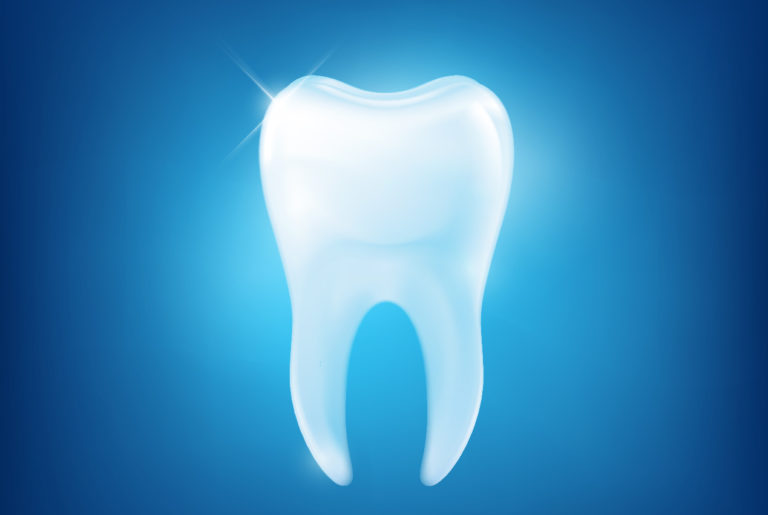We’ve all heard the importance of protecting and caring for our tooth enamel, but few know why it is so important and what exactly we can do (other than brush our teeth) to protect it.
Two great analogies for what enamel is and does are fingernails and cars. When you get a manicure, a clear topcoat is applied to your nails to protect the paint underneath as well as the body of your fingernail. On a car, a similar practice of adding a clear coat of paint helps protect the vehicle from scratches and damage. Your enamel functions in a similar fashion as the protective coating of your teeth.
Many people think it is the enamel that makes your teeth white – it isn’t. The enamel protects a softer material called dentin, which is white and comprises most of your tooth. When teeth become discolored, it is the dentin that has become stained. While it’s not the enamel that is discolored, a yellowing of your teeth may be a sign that your enamel is damaged, allowing the dentin to become stained.
Other common signs that your enamel has been compromised include increased sensitivity, roughening of the tooth, and chips or jagged edges.
While there are treatments to restore the protection that enamel provides, you cannot regenerate enamel. The best preventative measure is to protect it by brushing often with a fluoride toothpaste, but also brushing correctly. Being too aggressive with your brush may do more harm than good. Avoiding acidic foods and drinks is also important. Soft drinks and citrus-based foods and drinks can erode the enamel of your tooth.
Visiting your dentist regularly will help identify any concerns related to your enamel. As with most health concerns, prevention is the best solution.

